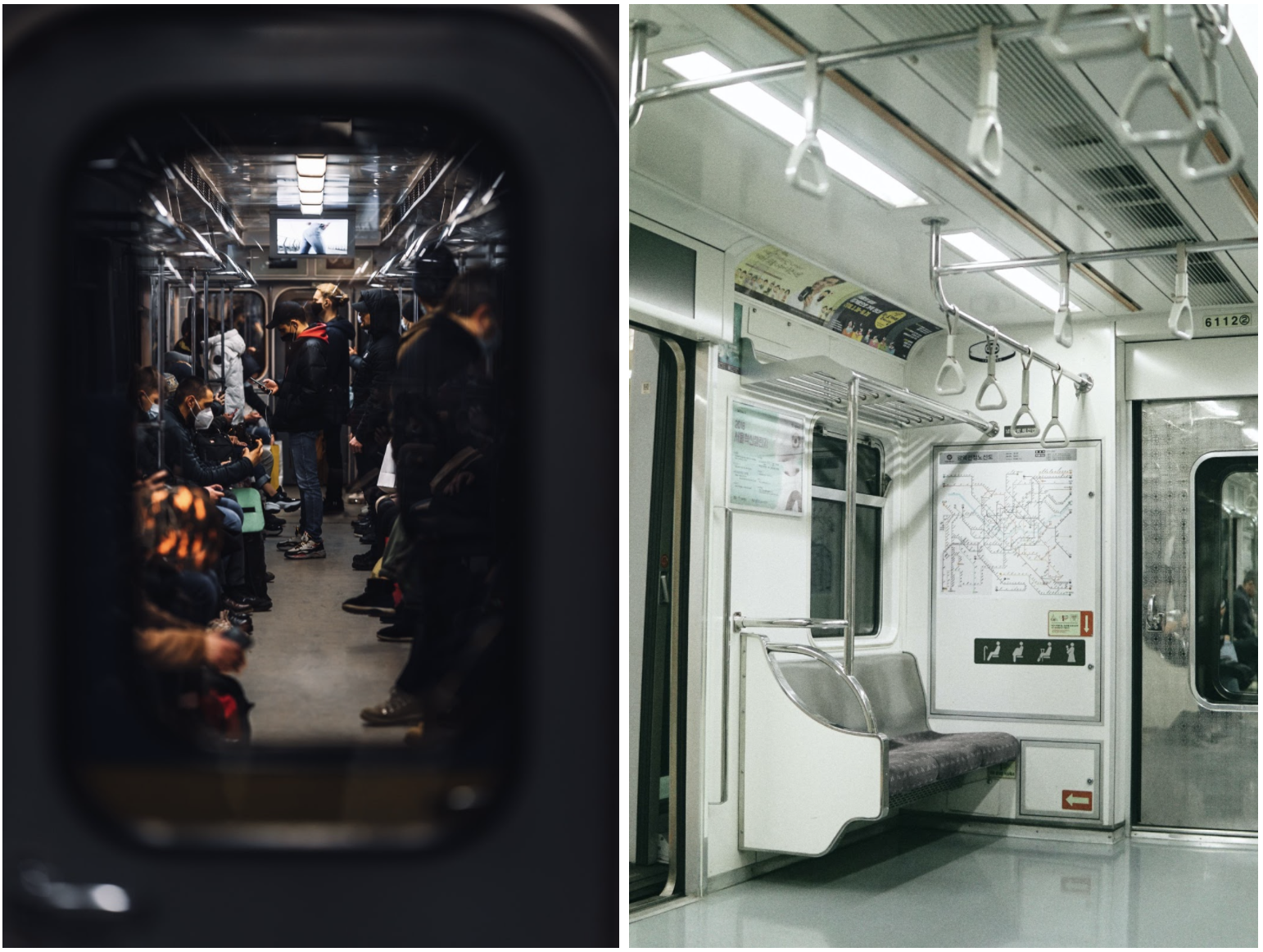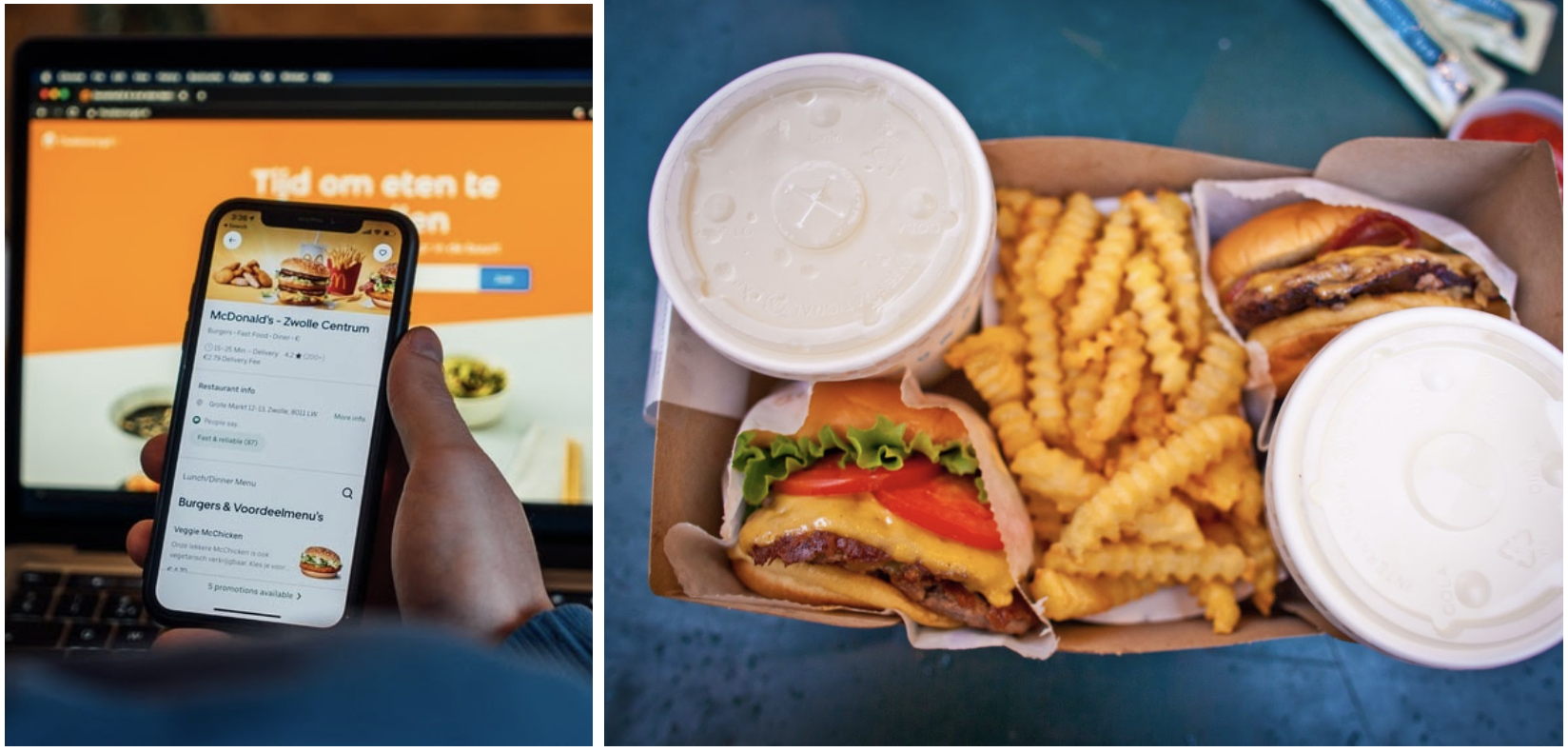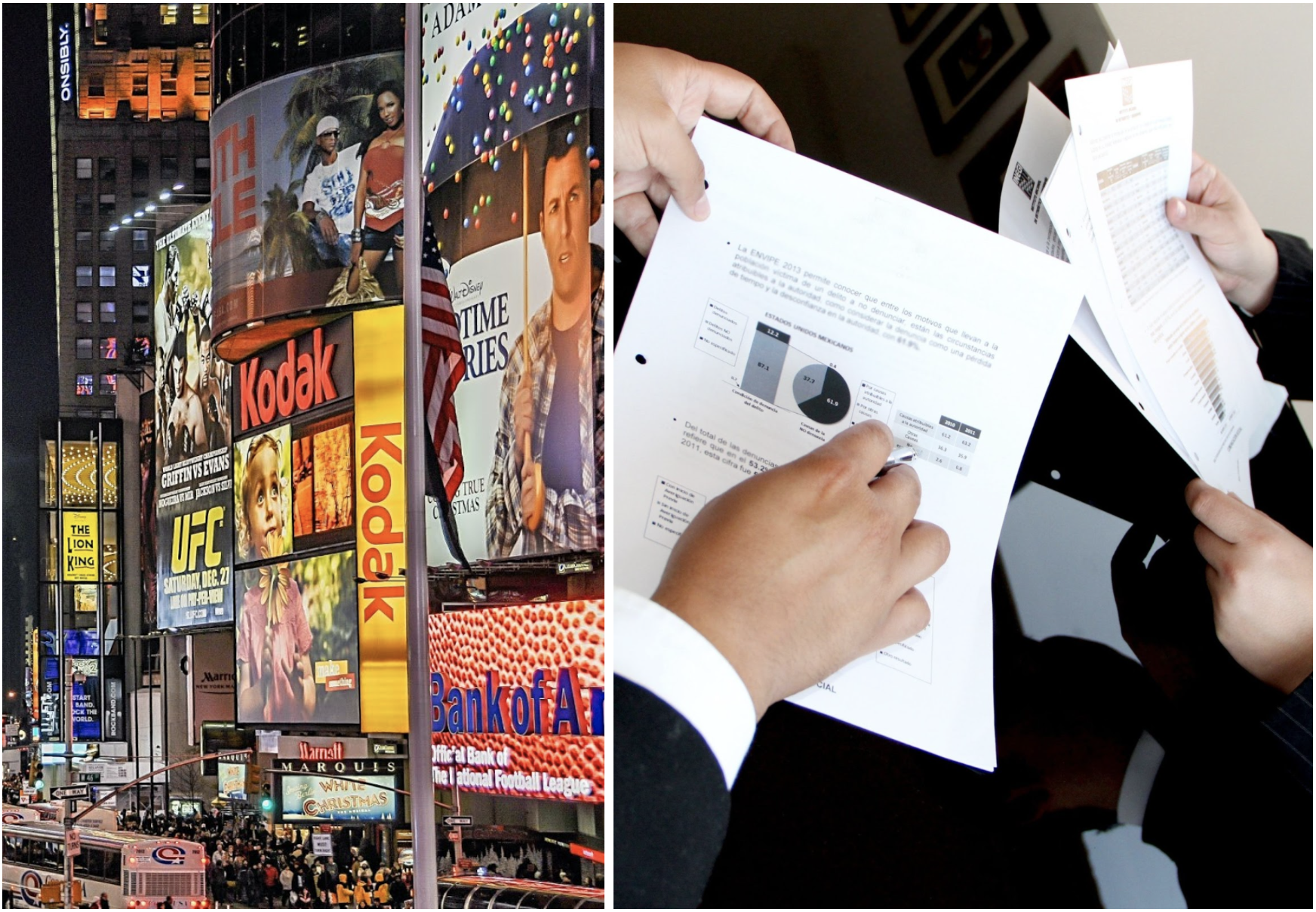Contactless Journey. When the pandemic is pushing technological progress forward and helps improve passenger digital experience
Commuting habits are changing at a much faster pace than before. As transport operators improve their strategies towards meeting passengers' new habits and help the government communicate safety measures effectively, there is an increasing demand for contactless operations. The trend is particularly relevant in contactless payment, but it is spreading to all simple transactions that could be digitized and/or performed though own devices, reducing therefore the possibility of poor hygienic measures.
Simple activities that before the pandemic were performed with not much thought, make us now question hygiene measures and sometimes, the location of the closest sanitizer. Just imagine, would you be happily eating your french fries at the market without priorly disinfecting your hands as you used to do some time ago? We might not have cared much back then, however, we do care now – of how we interact with our surroundings.
Although we are missing human interaction and we crave things being back to “normal”, from delivery to payments, we spontaneously chose services with actions and transactions that require minimal contact. Let’s take a look for example at contactless payments. Sometimes referred to as one of the “Accelerated Trends due to Covid”, 90% of card payments in the UK in the last year were contactless(1) and 58% of people in the United States were more likely to use contactless cards than they were before the pandemic started(2).
And now that restrictions are being lifted across the world and we are able to commute more freely, we also expect a contactless journey.
The pandemic might end soon, but will the new habits stay?
Let’s discover together how we can take the best out of these difficult times, leverage the possibilities offered by contactless transactions and create a better overall passenger digital experience – today and for the future.
Just a click away from your journey
Several transportation companies offer customers the possibility to purchase their ticket online or through their app. By allowing such contactless operation, people save time in potentially crowded stations, and avoid contact with workers at ticket counters or with touchscreen kiosks on stations.
People prefer e-ticket options over standard as it saves them time and helps them limit contact. The more seamless the passenger digital experience, the easier it is to communicate, improve their loyalty and therefore, potential Customer Lifetime Value towards a specific brand.

New life to the first and last vagon
Avoiding crowded spaces, especially during daily and weekly peaks, is fundamental for certain commuters and, potentially, a deal breaker for some of them – if safety norms are not respected. Through car occupancy overview – a feature easily integratable to a transport company’s communication channels – not only passengers feel safer and more informed, but also help disperse the crowd in the cars and on the station.

Food and more at your (and your only) fingertips
Contactless operations are intrinsically correlated to another trend that is rising in transportation: BYOD. Passengers are now consuming digital content primarily on their own devices. From food, to goods and services, pre-ordering and ordering is now performed directly on smartphones.
Let’s say, for instance, that you have ahead of you a long journey on a train, and you would like to order some food onboard. You could check the offering on a printed physical menu that countless (potentially, hundreds) people before you touched – or to have the menu digitally on an Infotainment Portal – scrolling it on your own phone.
Getting rid of physical menus means reducing contact with the surroundings and preserving better hygiene as well. As well as reducing time and cost of designing and printing updated menus.

Marketing and information material
Physical marketing and informational material (from tourist guides, menus, safety instructions, promotion flyers..), in general, is also becoming obsolete. If before it was a pleasurable entertainment to read a magazine that was offered to passengers, now they most likely would think twice, before skimming through the pages someone else touched before you.
Consuming content BYOD forces operators to adapt quickly to new needs of society, but also, it speeds up a process that has been in the making for a few years already.

Targeted advertisement
For a transport operator it means they can save money on marketing material and offer an even wider selection of interesting newspapers to their passengers, while also being mindful of the environment. At the same time, operators have the chance to create new ancillary revenue streams with more accurate and targeted ads, which can be easily managed on a central Management Suite.
Whether you are looking to widen your offering for passengers with the support of a technological partner or you are just curious of all the options out there, our team will be happy to guide you throughout the process. Our complex solution is ready to answer our client’s requirements, integrate with your own systems and support you in creating the most innovative and progressive passenger digital experience.
Together we can shape the future of transportation by digitising mobility.
Bring digital to your journey with Passengera.
(1) https://www.chargedretail.co.uk/2021/01/22/90-of-card-payments-were-contactless-in-2020/
(2) https://www.cnbc.com/select/contactless-payments-coronavirus/
